I’ve been thinking a lot about failure lately. Failure comes in many forms, but I’m especially interested in situations in which people *perceive* something as failing (or about to fail) and the contestations over failure that often arise in such situations. Given this, it’s hard not to be fascinated by all that’s unfolding around Twitter. At this point in the story of Musk’s takeover, there’s a spectrum of perspectives about Twitter’s pending doom (or lack thereof). But there’s more to failure than the binary question of “will Twitter fail or won’t it?” Here’s some thoughts on how I’m thinking about the failure question…
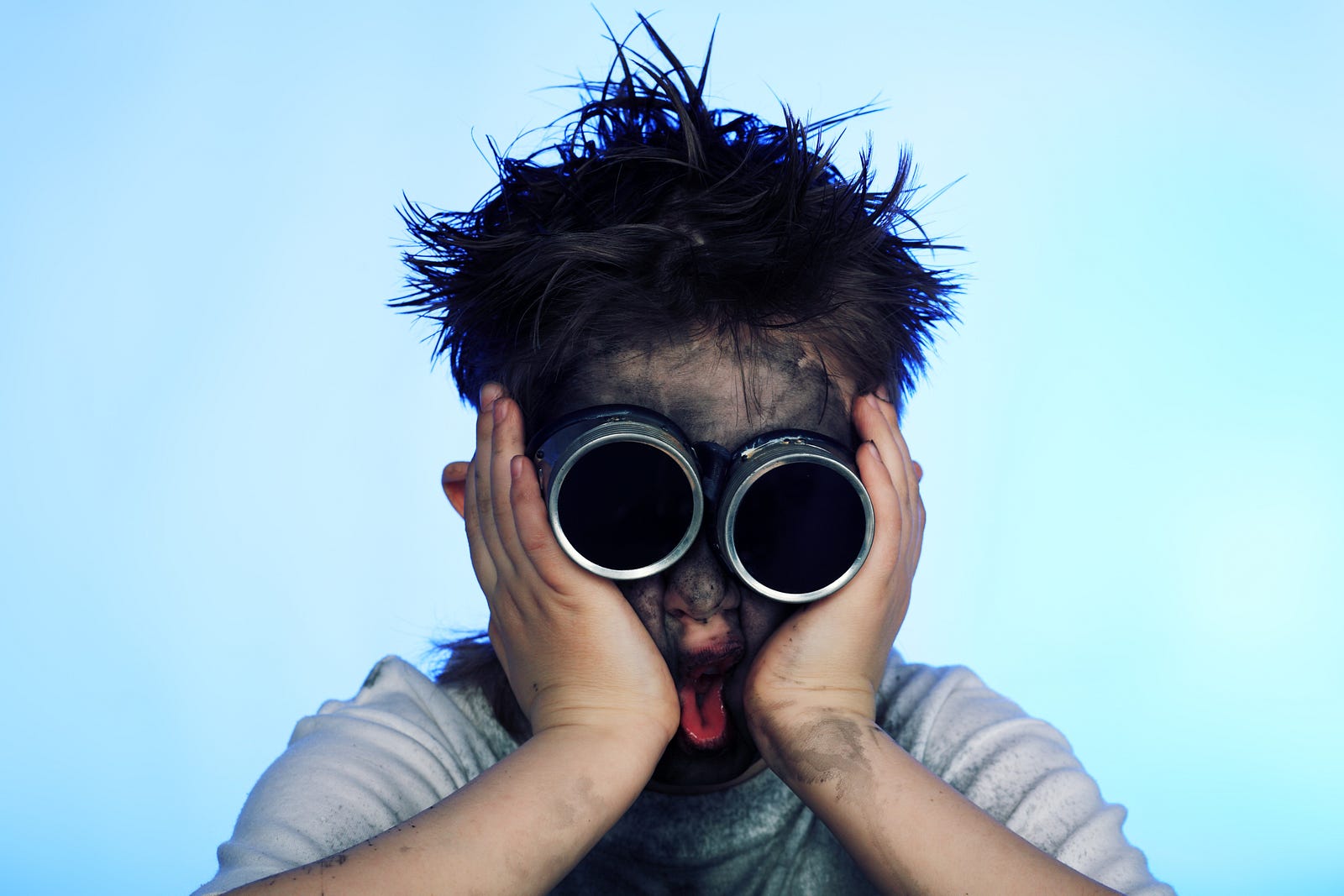
1. Failure of social media sites tends to be slow then fast.
I spent a ridiculous amount of time in the aughts trying to understand the rise and fall of social network sites like Friendster and MySpace. I noticed something fascinating. If a central node in a network disappeared and went somewhere else (like from MySpace to Facebook), that person could pull some portion of their connections with them to a new site. However, if the accounts on the site that drew emotional intensity stopped doing so, people stopped engaging as much. Watching Friendster come undone, I started to think that the fading of emotionally sticky nodes was even more problematic than the disappearance of segments of the graph.
With MySpace, I was trying to identify the point where I thought the site was going to unravel. When I started seeing the disappearance of emotionally sticky nodes, I reached out to members of the MySpace team to share my concerns and they told me that their numbers looked fine. Active uniques were high, the amount of time people spent on the site was continuing to grow, and new accounts were being created at a rate faster than accounts were being closed. I shook my head; I didn’t think that was enough. A few months later, the site started to unravel.
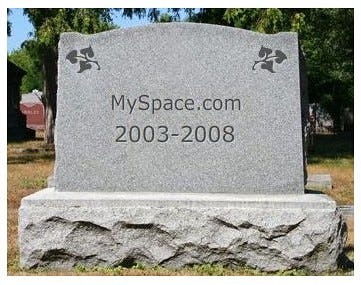
On a different project, I was talking with a cis/hetero dating site that was struggling with fraud. Many of its “fake” accounts were purportedly “women” but they were really a scam to entice people into paying for a porn site. But when the site started removing these profiles, they found that the site as a whole was unraveling. Men didn’t like these fake women, but their profiles enticed them to return. Moreover, attractive women saw these profiles and felt like it was a site full of people more attractive than them so they came. When the fake women disappeared, the real women disappeared. And so did the men.
Network effects intersect with perception to drive a sense of a site’s social relevance and interpersonal significance.
I don’t have access to the Twitter social graph these days, but I’d bet my bottom dollar that it would indicate whether or not the site was on a trajectory towards collapse. We are certainly seeing entire sub-networks flock to Mastodon, but that’s not as meaningful as people might think because of the scale and complexity of the network graph. You can lose whole segments and not lose a site. However, if those departing are creating Swiss cheese into the network graph, then I would worry.
The bigger question concerns those emotionally sticky nodes. What constitutes a “can’t be missed” account or post varies. What draws someone to a service like Twitter varies. For some, it is the libidinal joy of seeing friends and community, the posts that provide light touch pleasure and joy. For others, it’s a masochistic desire for seeing content that raises one’s blood pressure. Still others can’t resist the drama of a train wreck.
The funny thing about Twitter’s feed algorithms is that they were designed to amplify the content that triggered the most reaction, those emotionally sticky posts. This is why boring but informative content never has a chance against that which prompts fury. But it also means that we’re all watching how our little universe of content is changing (or not). Are you still seeing the things that give you pleasure? Or just the stuff that makes you angry? Why can’t you resist looking away from the things that give you pain? (That question isn’t a new one… it’s the question that underlies our toxic social media ecology more generally.)
I have to give Musk and gang some credit for knowing that drama brings traffic. The drama that unfolds in the World Cup is wholesome compared to the drama of watching public acts of humiliation, cruelty, and hate. We’re in a modern day Coliseum watching a theater of suffering performed for the king under the rubric of “justice.” And just like the ancient Romans, we can’t look away.
But how long can the spectacle last? Even the Roman Empire eventually collapsed, but perhaps the theater of the absurd can persist for a while. Still, there are other factors to consider.
2. Failure can be nothing more than a normal accident that tears down the infrastructure.
Nearly everyone I talk with is surprised that the actual service of Twitter is mostly still working. What that says to me is that the engineering team was far more solid than I appreciated. Any engineering team worth its salt is going to build redundancy and resilience into the system. Exceptions that are thrown should be caught and managed. But that doesn’t mean that a system can persist indefinitely without maintenance and repair.
Think of it in terms of a house. If you walk away from your home for a while, the pipes will probably keep working fine on their own. Until a big freeze comes. And then, if no one is looking, they’ll burst, flood the house, and trigger failure after failure. The reason for doing maintenance is to minimize the likelihood of this event. And the reason to have contingencies built in is to prevent a problem from rippling across the system.
What happens when Twitter’s code needs to be tweaked to manage an iOS upgrade? Or if a library dependency goes poof? What happens when a security vulnerability isn’t patched?
One interesting concept in organizational sociology is “normal accidents theory.” Studying Three Mile Island, Charles Perrow created a 2×2 grid before b-schools everywhere made this passé.
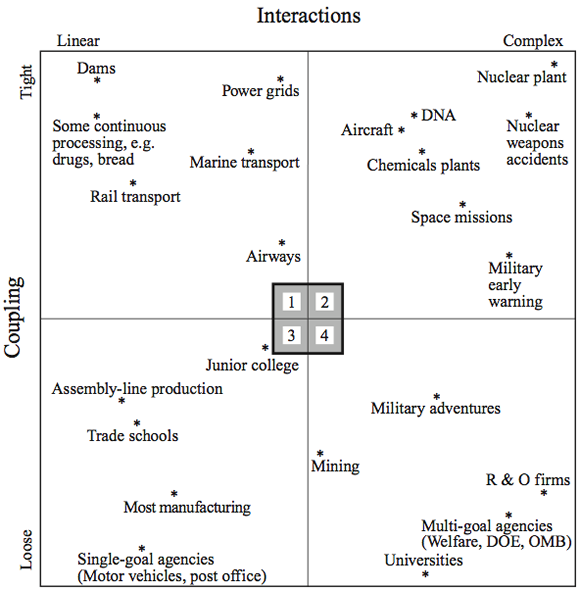
One axis represented the complexity of interactions in a system; the other axis reflected the “coupling” of a system. A loosely coupled system has little dependencies, but a tightly coupled system has components that are highly dependent on others. Perrow argued that “normal accidents” were nearly inevitable in a complex, tightly coupled system. To resist such an outcome, systems designers needed to have backups and redundancy, safety checks and maintenance. In the language of computers, resilience requires having available “buffer” to manage any overflow.
Having dozens of engineers working around the clock to respond to crises can temporarily prevent failure. But those engineers will get tired, mistakes will happen, and maintenance will get kicked down the road. Teams need buffer as much as systems do.
I’m concerned about the state of the team at Twitter, not just because so many people were laid off. If my hunch is right, many of the engineers who are keeping Twitter going fall into four groups. There are immigrants on H1Bs who are effectively indentured servants, many of whom would leave if they could, but the industry is falling apart which makes departures unlikely. There are also apolitical engineers who need a job and there are few jobs to be found in the industry right now. Neither of these groups will want to drive themselves to the bone in the long term. Then there are Musk fanboys who want to ride this rollercoaster for whatever personal motivation. And there are goons on loan from other public companies that Musk owns. (Side note: how how how is it legal for Musk to use employees from public companies for his private project!?!? Is this something that the Delaware courts are going to influence?)

In the early days of Twitter, moments of failure were celebrated with a Fail Whale, the iconic image that Twitter posted when something went terribly awry in the system, requiring it to be shut down and, effectively, rebooted. It’s been a long time since we saw the Fail Whale because there was a strong infrastructure team who worked to bake resilience into the system. In other words, Twitter grew up.
How long can the resilience of the system allow it to keep functioning? It could be quite a while. But I also can’t help but think of a video I saw years ago about what would happen to New York City if the humans suddenly disappeared overnight. First the pipes burst and the rats invaded. But without humans leaving behind trash, the rats eventually died. The critters that remained? The cockroaches of course.
3. Failure is entangled with perception.
If you searched for “miserable failure” (or even just “failure”) on September 29, 2006, the first result was the official George W. Bush biography. This act of “Google bombing” made the internet lol. But it also hinted at a broader dynamic related to failure. There are failures that everyone can agree are failures (e.g. the explosion of the Challenger), but most failures are a matter of perception.
Politicians, policies, companies, and products are often deemed a “failure” rhetorically by those who oppose them, regardless of any empirical measure one might use. George W. Bush was deemed a failure by those who were opposed to his “War on Terrorism.” Declaring something a failure is a way to delegitimize it. And when something is delegitimized, it can become a failure.
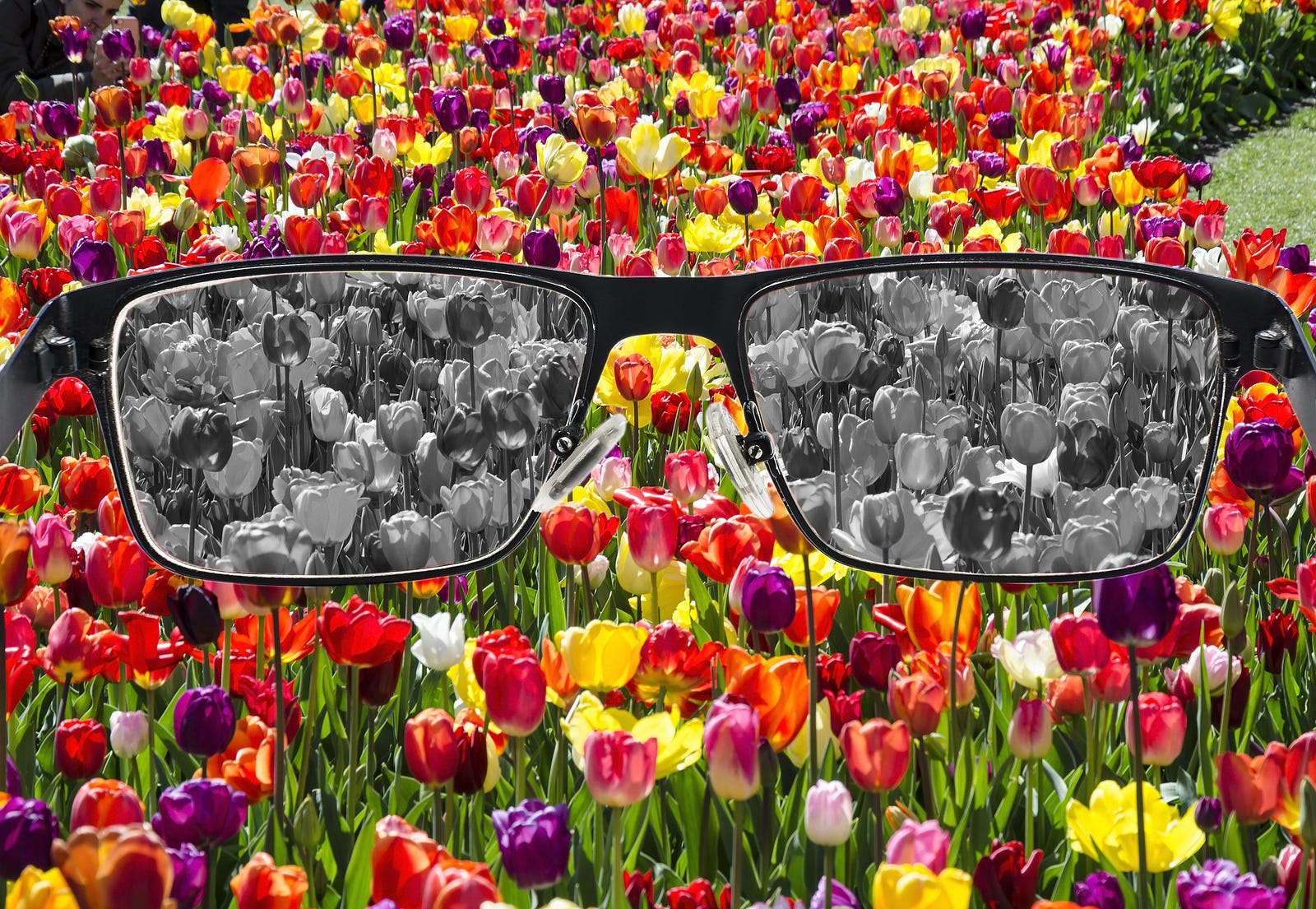
I often think back to MySpace’s downfall. In 2007, I penned a controversial blog post noting a division that was forming as teenagers self-segregated based on race and class in the US, splitting themselves between Facebook and MySpace. A few years later, I noted the role of the news media in this division, highlighting how media coverage about MySpace as scary, dangerous, and full of pedophiles (regardless of empirical evidence) helped make this division possible. The news media played a role in delegitimizing MySpace (aided and abetted by a team at Facebook, which was directly benefiting from this delegitimization work).
Perception (including racism and classism) have shaped the social media landscape since the beginning.
A lot has changed about our news media ecosystem since 2007. In the United States, it’s hard to overstate how the media is entangled with contemporary partisan politics and ideology. This means that information tends not to flow across partisan divides in coherent ways that enable debate. In general, when journalists/advocates/regular people on the left declare conservative politicians/policies to be failures, this has little impact on the right because it is actively ignored by the media outlets consumed by those on the right. But interestingly, when journalists/advocates/regular people on the right declare progressive politicians/policies to be failures, both mainstream media and the left obsessively amplify falsehoods and offensive content in an attempt to critique and counteract them. (Has anyone on the left managed to avoid hearing about the latest round of celebrity anti-Semitism?)
I’m especially fascinated by how the things that are widely deemed failures are deemed failures for different reasons across the political spectrum. Consider the withdrawal in Afghanistan. The right did a fantastic job of rhetorically spinning this as a Biden failure, while the left criticized aspects of the mission. This shared perception of failure landed in the collective public consciousness; there was no need to debate why individual groups saw it as failure. Of course, this also meant that there was no shared understanding of what led to that point, no discussion of what should’ve been done other than it should’ve been done better. Perceptions of failure don’t always lead to shared ideas of how to learn from these lessons.
The partisan and geopolitical dimensions of perception related to Twitter are gobsmacking. Twitter has long struggled to curb hate, racism, anti-Semitism, transphobia, and harassment. For a long time, those on the right have labeled these efforts censorship. Under the false flag of freedom of speech, the new Twitter has eradicated most safeguards, welcoming in a new era of amplified horrors, with the news media happily covering this spectacle. (This is what led Joan Donovan and I to talk about the importance of strategic silence.)
Musk appears to be betting that the spectacle is worth it. He’s probably correct in thinking that large swaths of the world will not deem his leadership a failure either because they are ideologically aligned with him or they simply don’t care and aren’t seeing any changes to their corner of the Twitterverse.
He also appears to believe that the advertising community will eventually relent because they always seem to do so when an audience is lingering around. And with a self-fashioned Gladiator torturing his enemies for sport in front of a live audience, there are lots of dollars on the table. Musk appears convinced that capitalistic interests will win out.
So the big question in my mind is: how effective will the perception that Twitter is failing be in the long run, given how it is not jumping across existing ideological divisions? Perception of failure can bring about failure, but it doesn’t always. That’s the story of many brands who resist public attacks. Perception of failure can also just fade into the background, reifying existing divisions.
Of course, a company needs money and the only revenue stream Twitter has stems from advertising. This is one of the reasons that activism around the advertisers matters. If advocates can convince advertisers to hold out, that will starve a precarious system. That is a tangible way to leverage perception of failure. Same can be said if advocates manage to convince Apple or Google to de-list. Or if perception can be leveraged into court fights, Congressional battles, or broader policy sanctions. But right now, it seems as though perception has gotten caught in the left/right cultural war that is unfolding in the United States.
4. Failure is an end state.
There are many ways in which the Twitter story could end, but it’s important to remember that most companies do eventually end (or become unrecognizable after 100+ years). The internet is littered with failed companies. And even though companies like Yahoo! still have a website, they are in a “permanently failing” status. Most companies fail when they run out of money. And the financials around Twitter are absurd. As a company, it has persisted almost entirely on a single profit stream: advertising. That business strategy requires eyeballs. As we’ve already witnessed, a subscription plan for salvation is a joke.
The debt financing around Twitter is gob-smacking. I cannot for the life of me understand what the creditors were thinking, but the game of finance is a next level sport where destroying people, companies, and products to achieve victory is widely tolerated. Historical trends suggest that the losers in this chaos will not be Musk or the banks, but the public.
For an anchor point, consider the collapse of local news journalism. The myth that this was caused by Craigslist or Google drives me bonkers. Throughout the 80s and 90s, private equity firms and hedge funds gobbled up local news enterprises to extract their real estate. They didn’t give a shit about journalism; they just wanted prime real estate that they could develop. And news organizations had it in the form of buildings in the middle of town. So financiers squeezed the news orgs until there was no money to be squeezed and then they hung them out to dry. There was no configuration in which local news was going to survive, no magical upwards trajectory of revenue based on advertising alone. If it weren’t for Craigslist and Google, the financiers would’ve squeezed these enterprises for a few more years, but the end state was always failure. Failure was the profit strategy for the financiers. (It still boggles my mind how many people believe that the loss of news journalism is because of internet advertising. I have to give financiers credit for their tremendous skill at shifting the blame.)

I highly doubt that Twitter is going to be a 100-year company. For better or worse, I think failure is the end state for Twitter. The question is not if but when, how, and who will be hurt in the process?
Right now, what worries me are the people getting hurt. I’m sickened to watch “journalists” aid and abet efforts to publicly shame former workers (especially junior employees) in a sadistic game of “accountability” that truly perverts the concept. I’m terrified for the activists and vulnerable people around the world whose content exists in Twitter’s databases, whose private tweets and DMs can be used against them if they land in the wrong hands (either by direct action or hacked activity). I’m disgusted to think that this data will almost certainly be auctioned off.
Frankly, there’s a part of me that keeps wondering if there’s a way to end this circus faster to prevent even greater harms. (Dear Delaware courts, any advice?)
No one who creates a product wants to envision failure as an inevitable end state. Then again, humans aren’t so good at remembering that death is an inevitable end state either. But when someone doesn’t estate plan, their dependents are left with a mess. Too many of us have watched the devastating effects of dementia and, still, few of us plan for all that can go wrong when our minds fall apart and we lash out at the ones we love. Few companies die a graceful death either. And sadly, that’s what I expect we’re about to see. A manic, demented creature hurting everyone who loved it on its way out the door.
Closing Thoughts
I’m not omniscient. I don’t know where this story ends. But after spending the last few years obsessing over what constitutes failure, I can’t help but watch this situation with a rock in my stomach.
Failure isn’t a state, but a process. It can be a generative process. After all, some plants only grow after a forest fire. (And yes, yes, tech is currently obsessed with “fail fast.” But frankly, that’s more about a status game than actually learning.)
Failure should not always be the end goal. There’s much to be said about the journey, about living a worthy life, about growing and learning and being whole. Yet, what keeps institutions, systems, companies, and products whole stems from how they are configured within a network of people, practices, and perception. Radical shifts in norms, values, and commitments can rearrange how these networks are configured. This is why transitions are hard and require a well-thought through strategy to prevent failure, especially if the goal is to be whole ethically.
Watching this situation unfold, a little voice keeps nagging in my head. How should our interpretation of this situation shift if we come to believe that failure is the desired end goal? There’s a big difference between a natural forest fire and one that stems from the toxic mixture of arson and climate change.

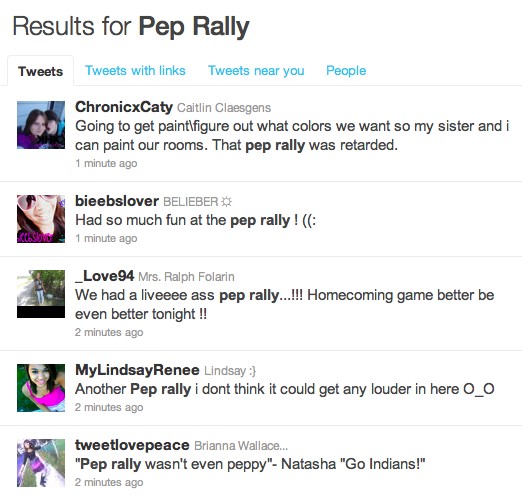
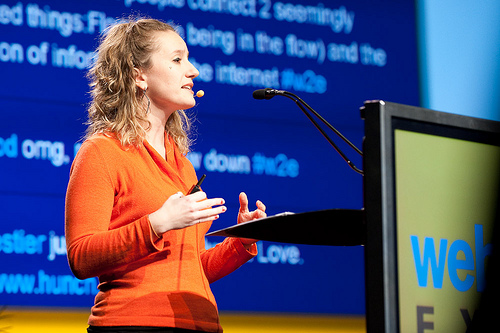 Last week, I gave a talk at Web2.0 Expo. From my perspective, I did a dreadful job at delivering my message. Yet, the context around my talk sparked a broad conversation about the implications of turning the backchannel into part of the frontchannel. In the last week, I’ve seen all sorts of blog posts and tweets and news articles about what went down. At this point, the sting has worn off and I feel that it would be responsible to offer my own perspective of what happened.
Last week, I gave a talk at Web2.0 Expo. From my perspective, I did a dreadful job at delivering my message. Yet, the context around my talk sparked a broad conversation about the implications of turning the backchannel into part of the frontchannel. In the last week, I’ve seen all sorts of blog posts and tweets and news articles about what went down. At this point, the sting has worn off and I feel that it would be responsible to offer my own perspective of what happened.